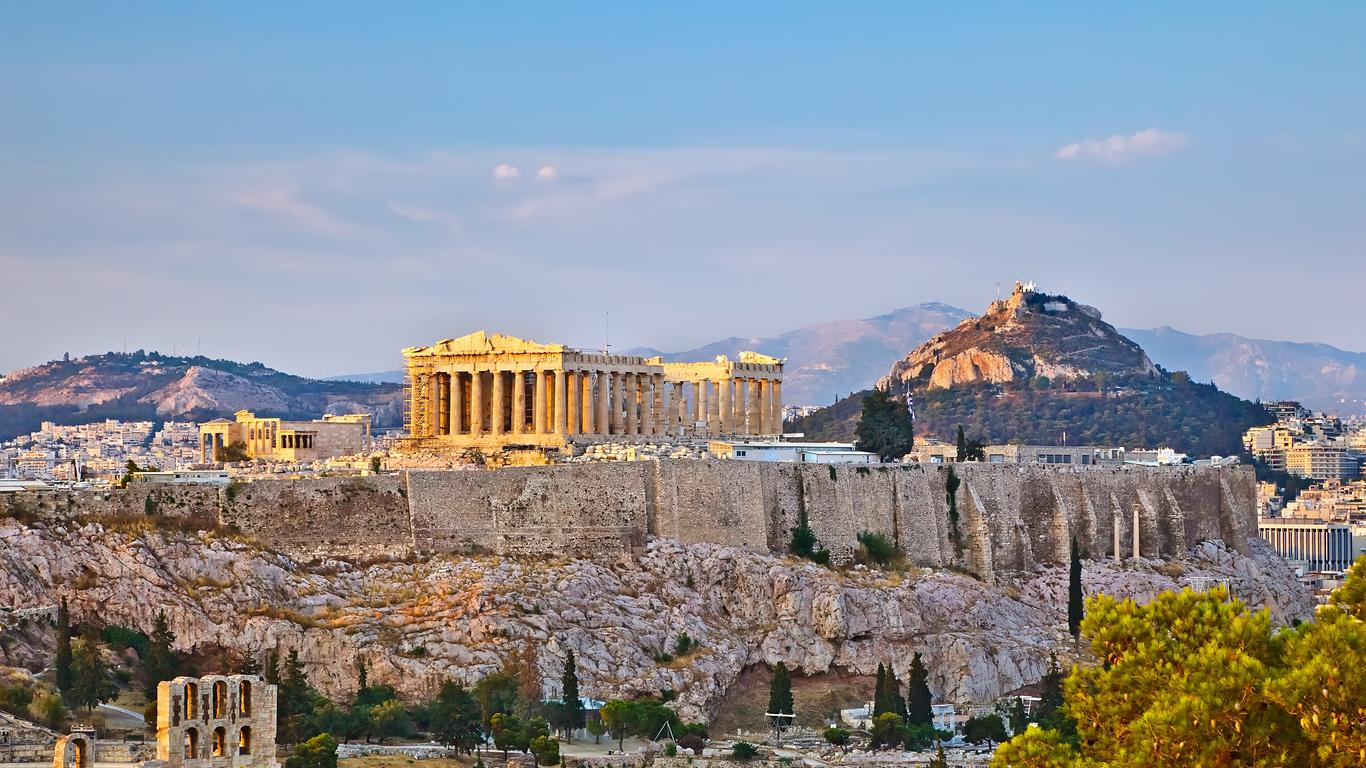One of the most iconic and recognisable landmarks in the world, the Acropolis of Athens Is a cultural symbol and major tourist attraction in the capital city of Greece. Once an ancient citadel, it is now an architectural wonder and site of major historical significance comprising of several old buildings on a high rocky outcrop looking over Athens. Dating back to Ancient Greece and holding an abundance of heritage, culture and historic stories, the Acropolis of Athens is a key attraction of the city and the country.
Although the Acropolis comprises of many different features, the most famous and memorable building is the Parthenon, a former temple dedicated the goddess Athena, the patron of the city, defined by its magnificent structure and many columns. Another key attraction is the Propylaia, a classic piece of ancient Greek architecture acting as the monumental gateway and entrance to the Acropolis complex. Located on the north side is the Erechtheion, another ancient temple built around 420 BC, comprising of a shrine to Greek heroes and separated into four compartments as part of a complex architectural design. The earliest and most architecturally complete of the Acropolis is the Temple of Athena Nike, situated in the south-west corner of the compound and once used to celebrate the qualities of victory and wisdom in the goddess Athena.
Visitors to Athens can reach the Acropolis of Athens by taking the metro to Acropolis Station and walking to the complex, or by using a tour bus to navigate the city and arrive directly at the Acropolis entrance. For visitors flying into Athens International Airport 35 kilometres away, there are direct public transport links into the city centre from which the landmark is easily accessible.
The incredible history of the Acropolis dates back to 5000 BC, although historians believe fortification of the area began in Mycenaean times, around 1500 BC to the cult of Athena. It was the heart of the city by the 9th century BC and remained unoccupied by humans for thousands of years, seen as a home of the gods, although architects developed the buildings over time. Christians used the monuments for religious worship during the reign of Emperor Justinian, and Italian princes adopted the space as courtrooms during the 15th century before historians protected the site as an architectural and cultural attraction, celebrating the heritage of Ancient Greece.





